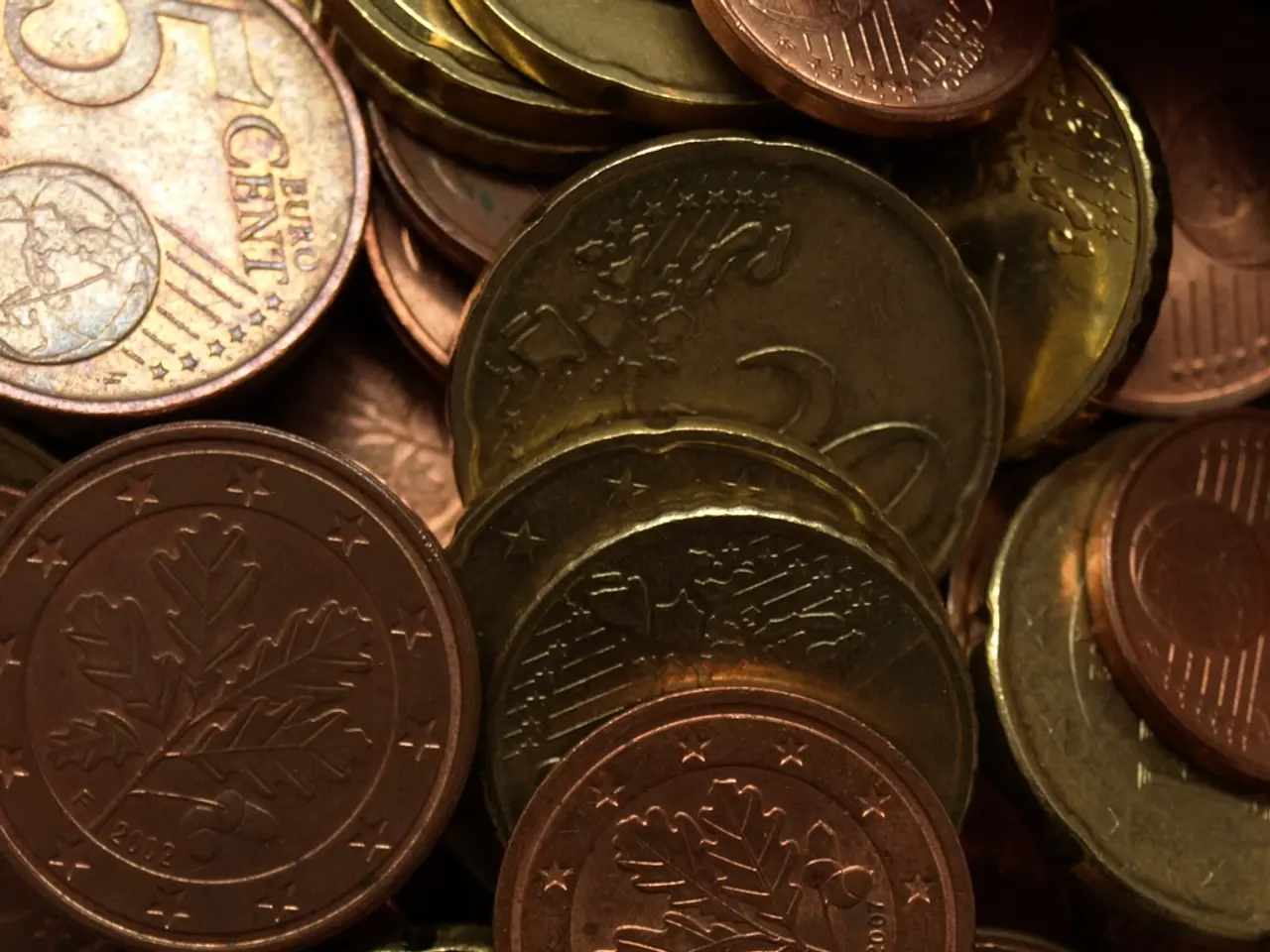Green Energy Tariffs: Separating the Sustainable from the Sham
Unveiling Hidden Green Energy Pricing: A Guide
Want to switch to a green energy supplier but don't want to get burned by greenwashing? Or maybe you're just tired of navigating the murky waters of the green energy market. Look no further! Here, we'll dive into the key factors that help identify genuine green energy tariffs in Germany.
First and foremost, check the source of energy: A legitimate green energy tariff exclusively or predominantly sources electricity from renewable sources - such as wind, solar, water (hydro), and biomass - in line with Germany's Renewable Energy Sources Act (EEG). This law lays the groundwork for renewable energy and encourages its adoption across the country.
Next, scrutinize the certification and legal framework: Pro providers stamp their green credibility with certification or guarantees of origin (GOs), ensuring the electricity is indeed renewable. Germany's legal instruments monitor and regulate renewable energy tariffs, so look for updated EEG guidelines and solar tender schemes that promote transparency and authenticity.
Don't forget to consider the grid compatibility and support for network stability: Green tariffs are increasingly incorporating grid-friendly features, such as demand-side flexibility or grid-supporting agreements, particularly as battery storage and prosumer systems gain traction. The involvement in such initiatives helps maintain a system-friendly operation.
An important factor is transparency and pricing: Look for clear pricing structures that reflect the real costs of renewable procurement, and be wary of tariffs with unclear or market-based elements. Also, steer clear of tariffs that include fossil or nuclear power in their energy mix or only purchase Renewable Energy Certificates (RECs) without delivering actual renewable energy.
Now that you know what to look for, let's discuss the potential financial benefits. Green energy might initially seem pricier but is becoming more affordable. New reforms aim to reduce costs, and consumers can benefit from capped tariffs as low as 6.8 euro cents/kWh in recent solar tenders. Furthermore, some consumers participating in grid-supporting arrangements may receive discounted grid fees or other financial incentives, although these benefits depend on adhering to rapidly evolving regulations and contractual conditions.
Lastly, subscribing to real green tariffs contributes to Germany's aggressive renewable energy expansion goals, helping reduce greenhouse gas emissions and paving the way for a more sustainable future. So, if you care about the planet and your wallet, take the leap into the green energy revolution!
Sources: ntv.de, awi/dpa
- The employment policy in the renewable energy industry is crucial, as it attracts scientists and experts to work on solutions for environmental-science problems related to green energy.
- Understanding the environmental-science behind green energy tariffs is important, as it helps consumers make informed decisions that support the finance and economic growth of the industry.
- A strong community policy that encourages the adoption of green energy tariffs can lead to significant reductions in energy consumption from fossil fuels in industries and households, benefiting the environment and fostering a sustainable future.




